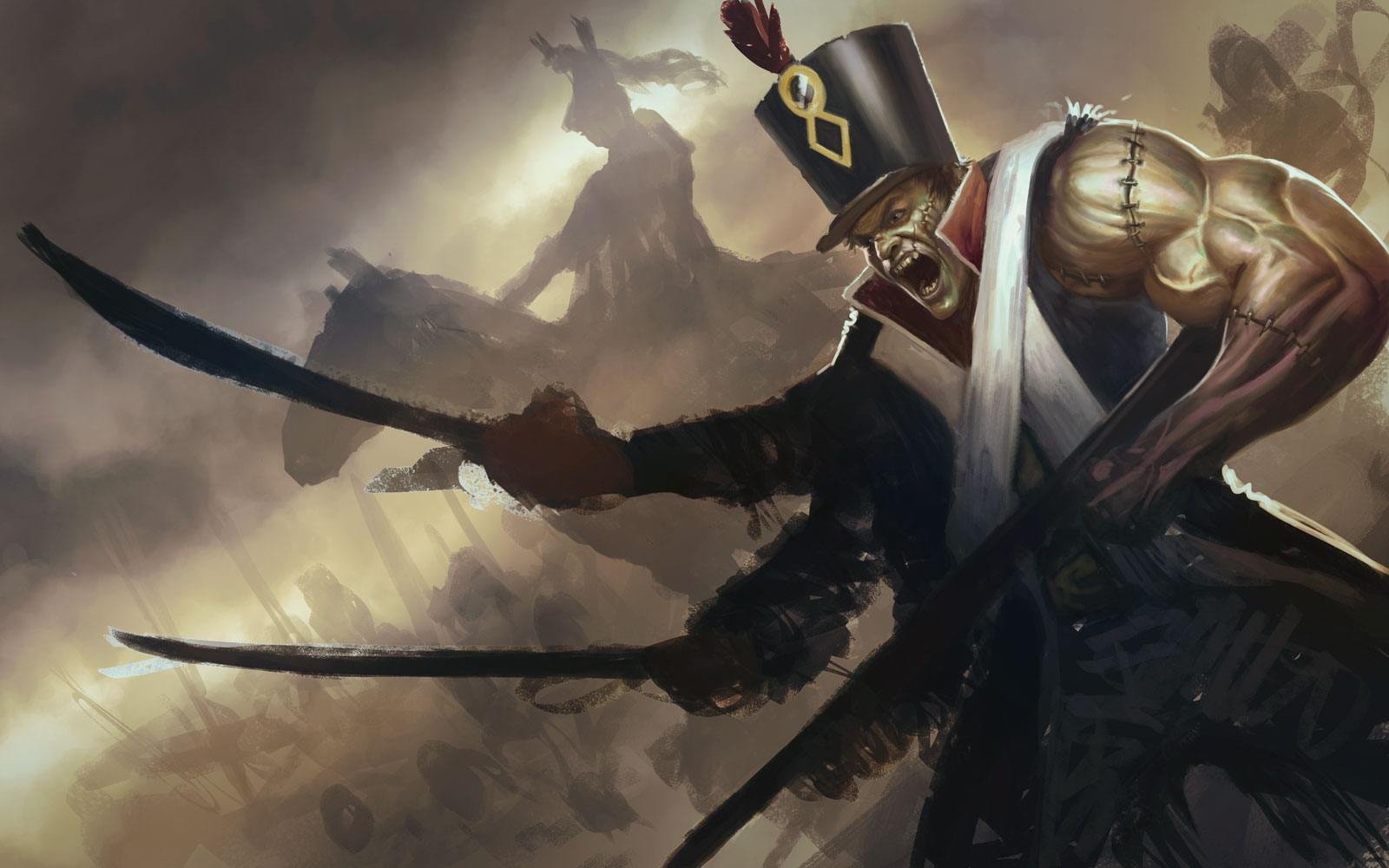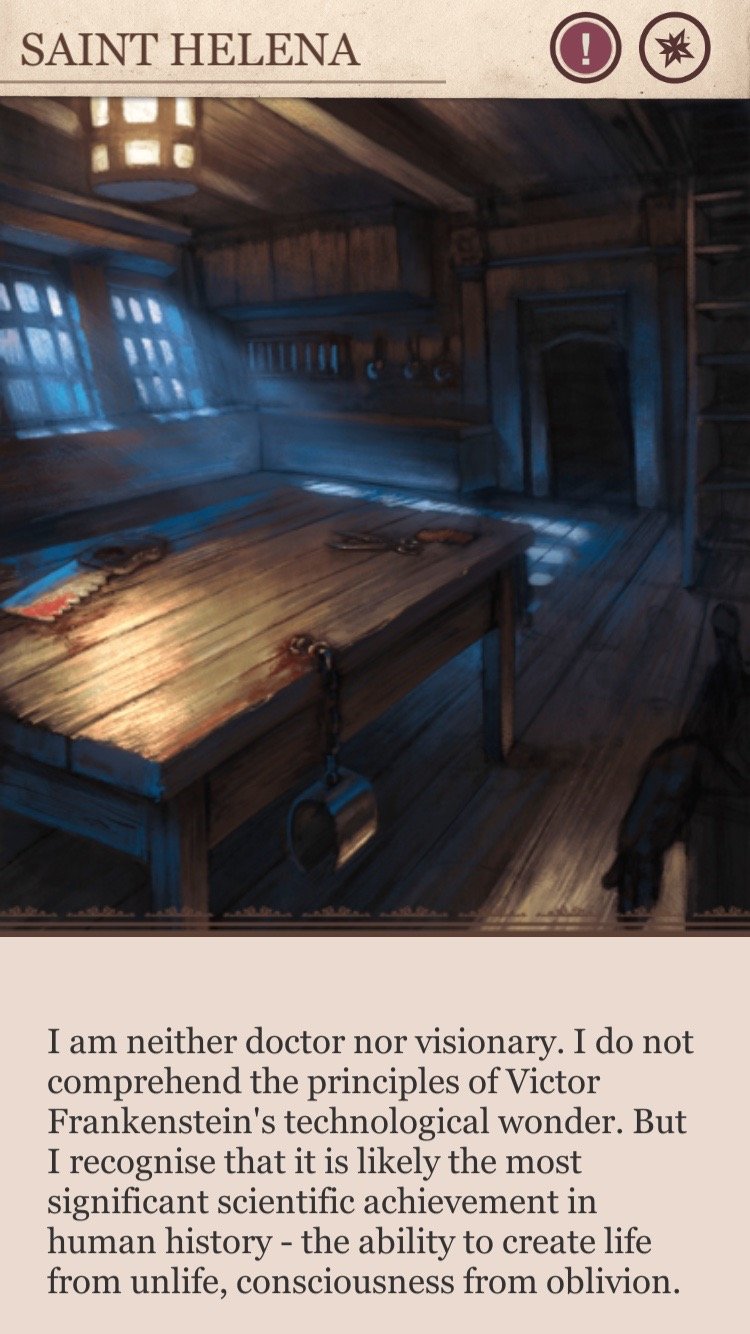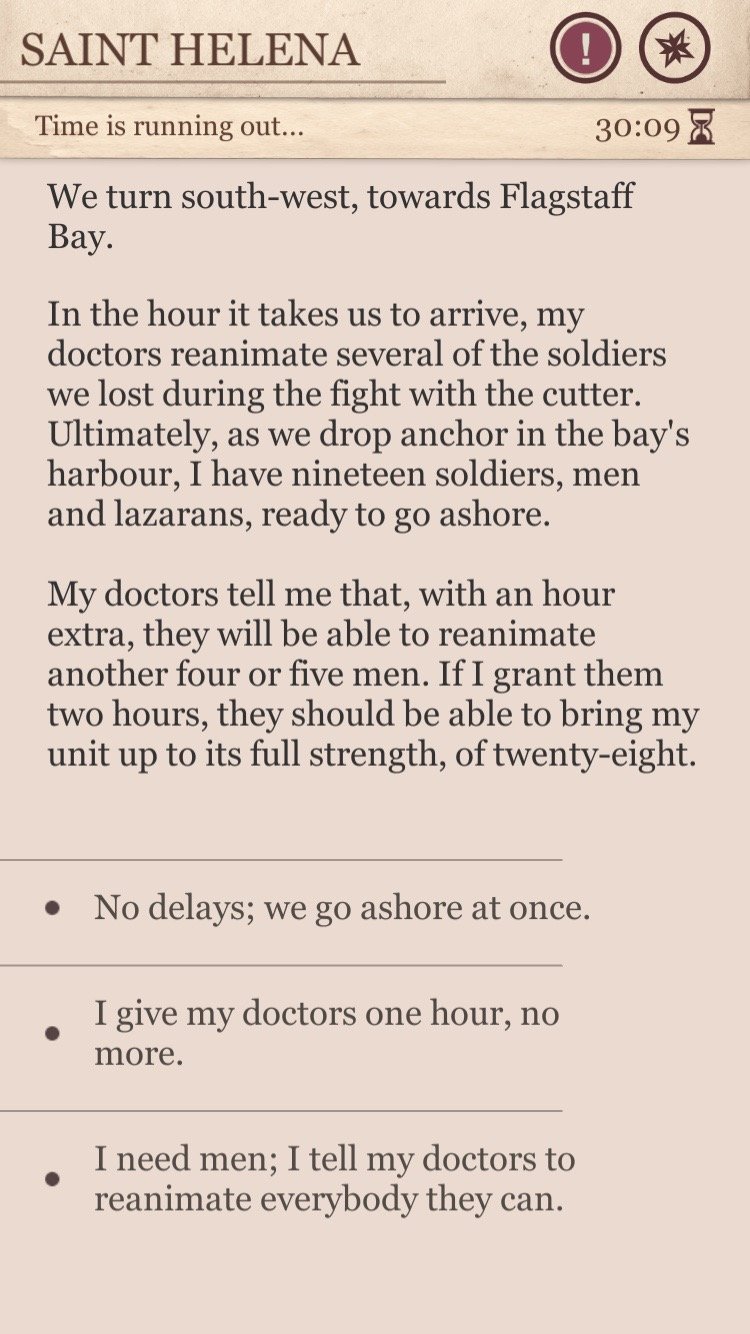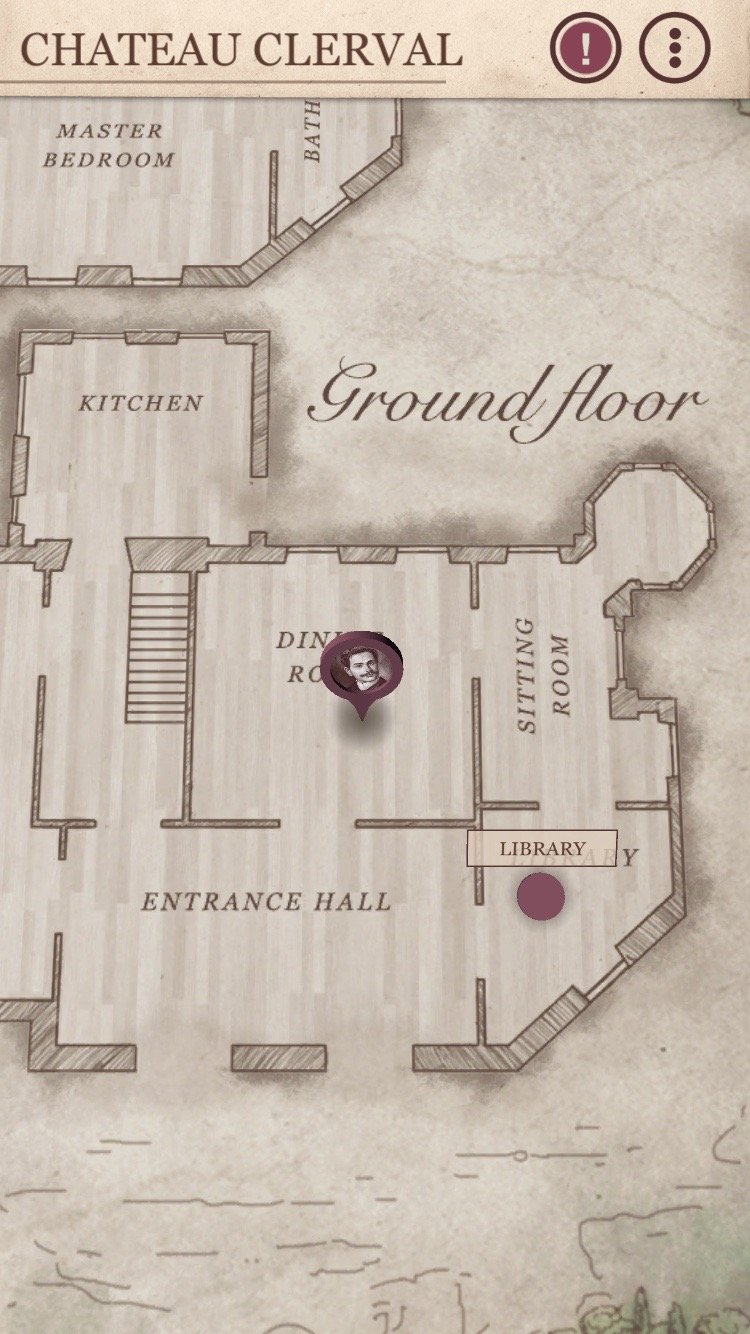- Wondering how to get Monopoly GO! free rolls? Well, you’ve come to the right place. In this guide, we provide you with a bunch of tips and tricks to get some free rolls for the hit new mobile game. We’ll …
Best Roblox Horror Games to Play Right Now – Updated Weekly
By Adele Wilson
Our Best Roblox Horror Games guide features the scariest and most creative experiences to play right now on the platform!The BEST Roblox Games of The Week – Games You Need To Play!
By Sho Roberts
Our feature shares our pick for the Best Roblox Games of the week! With our feature, we guarantee you'll find something new to play!Type Soul Clan Rarity Guide – All Legendary And Common Clans Listed!
By Nathan Ball
Wondering what your odds of rolling a particular Clan are? Wonder no more, with my handy Type Soul Clan Rarity guide.
The Frankenstein Wars Review: Of Men and Monsters
Finding a new approach to a canonical text such as Mary Shelley’s Frankenstein; or, The Modern Prometheus is quite the challenge, but Cubus Games has expertly crafted a compelling gamebook of historical fiction, inspired by events in the novel. The Frankenstein Wars takes place …

Finding a new approach to a canonical text such as Mary Shelley’s Frankenstein; or, The Modern Prometheus is quite the challenge, but Cubus Games has expertly crafted a compelling gamebook of historical fiction, inspired by events in the novel. The Frankenstein Wars takes place in 1827, after the historic Napoleonic Wars, during a fictional war in which French radicals called Zeroistes are fighting the British.
My latent high school knowledge of 19th Century Anglo-French relations is slim-to-none, but I am considerably more familiar with Shelley’s Frankenstein and its contemporary spinoffs. Though Shelley’s novel was published in 1818, the letters through which the story is told are ambiguously dated as “17-” with scholars generally placing the events in the latter half of the 18th century. In The Frankenstein Wars, Zeroistes have found Doctor Victor Frankenstein’s research from the previous century, which describes how to reanimate the dead, and have used the information to create armies of undead they call Lazarans. These Lazarans, stitched together from whichever cadavers provide the best assets, maintain memories of their previous lives while also pondering their futures.

The story of The Frankenstein Wars follows two brothers, Tom and Anton Clerval, whose father Henri was a friend of Victor Frankenstein, documenting his research in great detail. It is through their father’s journals that Anton comes to learn of how to reanimate the dead. Tom and Anton must face off alternately against the British, Lazarans, and Zeroistes, making difficult decisions about loyalty, war strategy, basic survival, love, and patriotism.

Challenges include choosing where to go (visit a town, search in a room), what action to take (save enemy soldiers, steal resources), and what kind of person you are (support your troops, show compassion to Lazarans). The decisions are not always easy. In one notable example, one of my soldiers was dying and requested not to be turned into a Lazaran; however, I desperately needed troops to continue fighting. I was given a choice to resurrect him against his wishes, or to honor his dying wish and risk remaining troops and the mission.

Actual gameplay consists of choosing between text-based options to advance the narrative, selecting places to go on maps, and gathering artwork. The artwork appears inline and is automatically added to an album; as you meet new characters, they are also added along with brief biographies. Once collected, I would have loved to see some interactivity in the visual scenes or even parallax utilized for the still shots.
I had some difficulty gauging how consequential my choices were, and in some emotional or descriptive options it seemed clear that it didn’t actually matter which option I chose. The timed challenges increased pressure, but I was similarly unsure of the consequences of time running out. How to earn achievements was also somewhat opaque in that it seemed they were laid out linearly in relation to the narrative development; it appeared that I had actually missed opportunities to accomplish them because I was no longer able to go back to the relevant area for that achievement.
Overall, The Frankenstein Wars is a well-crafted, dramatic, and engaging narrative experience. While short-session play is possible, I certainly recommend longer periods of gameplay if you can do it, to make the most of the opportunities for immersion. Folks who are often torn between playing games and reading a book will definitely enjoy The Frankenstein Wars, and any fans of historical fiction or gothic horror should undoubtedly head into battle against, or alongside, some Lazarans.

The good
- Immersive, engaging story
- Robust interactive details built into narrative

The bad
- Not all choices feel consequential
- Missing achievements seems to require replaying a chapter
- Characters can be difficult to keep track of
More articles...
Monopoly GO! Free Rolls – Links For Free Dice
By Glen Fox
Wondering how to get Monopoly GO! free rolls? Well, you’ve come to the right place. In this guide, we provide you with a bunch of tips and tricks to get some free rolls for the hit new mobile game. We’ll …Best Roblox Horror Games to Play Right Now – Updated Weekly
By Adele Wilson
Our Best Roblox Horror Games guide features the scariest and most creative experiences to play right now on the platform!The BEST Roblox Games of The Week – Games You Need To Play!
By Sho Roberts
Our feature shares our pick for the Best Roblox Games of the week! With our feature, we guarantee you'll find something new to play!Type Soul Clan Rarity Guide – All Legendary And Common Clans Listed!
By Nathan Ball
Wondering what your odds of rolling a particular Clan are? Wonder no more, with my handy Type Soul Clan Rarity guide.







